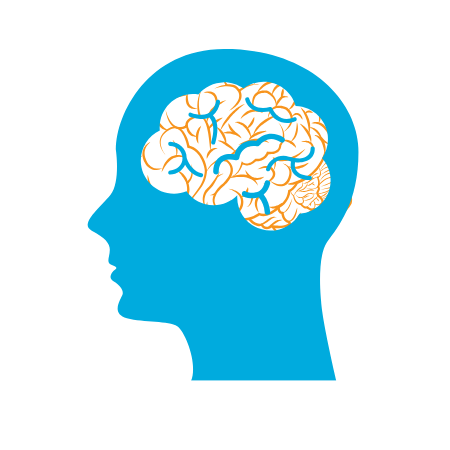Recall a meeting where multiple individuals of a team started getting into a heated discussion. As it escalated, you envisioned ways you could escape unscathed. Maybe you were someone who was strong in their beliefs and became frustrated when others didn’t see your point. Perhaps, it started as a brainstorming session with a ton of ideas thrown out but no solution was agreed upon. Regardless of the situation, we have all been a part of the dreaded “unproductive” meeting.
According to the Oxford dictionary, a meeting is, “an assembly of people for a particular purpose, especially for formal discussion.” As demonstrated above, “formal discussion” isn’t always the case during meetings. How is it that even when we have a particular purpose, members of the same team can clash or meetings may feel as if the team is trudging through mud. Through reading Conversational Intelligence by Judith E. Glaser, I discovered some helpful tips to structure meetings to allow for greater co-creating.
Co-creating is a term used throughout the book to reference the highest level of conversations. Conversations fall on a spectrum from Resistors to Co-creating, with the idea that you have to advance trust to get past the initial stage of trivial informational sharing dialogue. It’s important to break down distrust. I don’t want to go too deep into the biochemistry of the human body, but a brief explanation can help us understand why trust building is so important for productive team meetings.

Glaser explains that the amygdala is a primitive part of the brain that controls emotion and is one of the entry points to the rest of the brain, especially the prefrontal cortex. The deepest level of thinking happens in the prefrontal cortex. The amygdala interprets a situation within a split second and has an auto-response for protecting us from harm or allowing us to open up and expose our genuine self. Trust can be subconsciously established by structuring meetings in a more meaningful manner so we can gain access to everyone’s deepest thoughts and ideas.
Before a meeting, send the agenda and allow for feedback. Resend the revised copy before the meeting. This simple gesture instills a sense of collaboration with team members as opposed to dictatorlike leadership. Go a step beyond by allowing team members to extend the invite to others who would benefit from the discussions. Even being mindful about seating can get the discussions to be more thought-provoking.
Once in the meeting, start off with handshakes. The handshake originated from showing your enemies you weren’t carrying a weapon so it powerfully signals to the amygdala, “friend not foe”. This will initiate the process of getting participants to move toward “we-centric”.
I believe most organizations know it is in their best interest to move toward the “we-centric” mind-frame, yet we still find ourselves in those heated exchanges mentioned at the beginning. The “I-centric” stems from humans naturally craving the sensation of Being Right and another is due to the Five Conversational Blind Spots. Vivek Gambhir from Monday-8AM provides a solid explanation of Glaser’s concept, Double-Clicking, a tool for getting a better understanding of others’ perspectives in the meeting and maintaining a sense of balance in the conversation.
There is also a helpful exercise that goes along with this concept:
- Gather a group of people – or a team that will be work together. 5‐7 people per table
- Each person draws a circle on their own piece of paper with 12 notches on the outside (like a clock)
- Have the group pick a keyword to write in the center of each of their circles
- Ex: “SUCCESS”
- On their own piece of paper, each person will write down the first 12 words that come to mind related to the keyword
- Go around until each person shares their 12 words
- Repeat exercise with other keywords
It can be eye-opening what you discover about each person’s view of the same concept. Only once you realize how a person interprets an issue can you work together to co-create a solution.
Building trust and being mindful of common pitfalls, including “Blind Spots” and “Being Right”, can help prevent anxiety from building up and also signify when it’s an appropriate time to take a break. Suggesting a recess with the intent to reconvene allows the group to regather their thoughts and return to a stable emotional state. Teams are encouraged to debrief after meetings so members can share aspects they find helpful, parts they could have done without, and new ways for everyone to feel they can be completely open without judgment.
A research-based approach to getting the most out of meetings is to get the most out of every team member. Establish trust subconsciously and mindfully in the way we structure our meetings to increase our chances of having a “productive” meeting.



